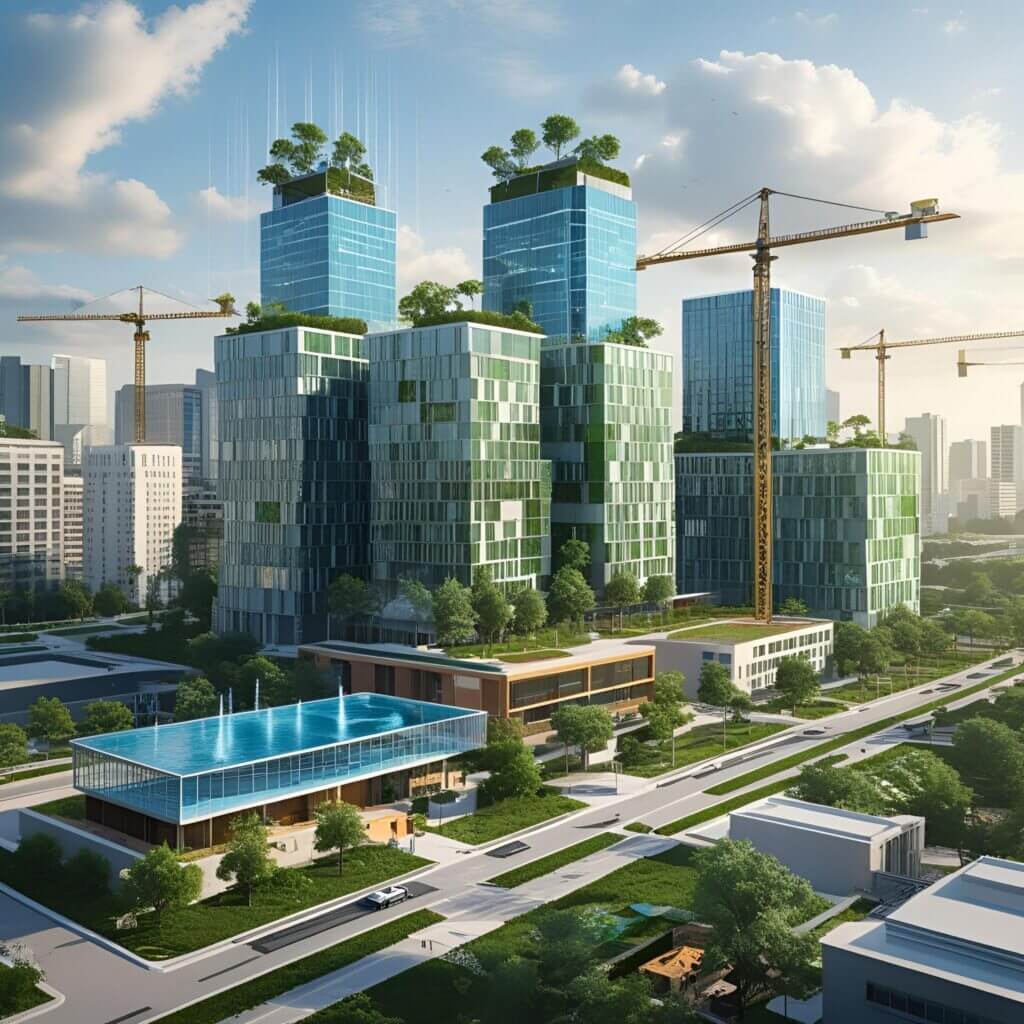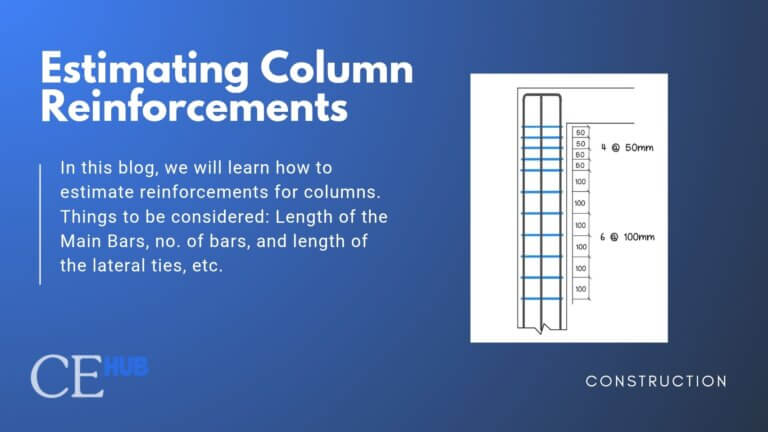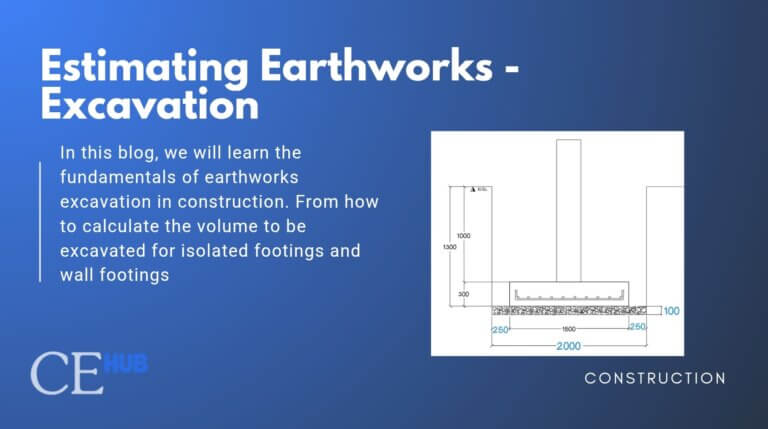Sustainability
Sustainability has transitioned from a mere buzzword to a central pillar in contemporary construction practices. As concerns regarding climate change, resource depletion, and environmental pollution escalate, the construction sector faces mounting pressure to adopt more responsible methodologies. Green technology, once a niche concept, now stands at the forefront of this transformation, fundamentally altering building design, construction processes, and operational strategies.
What is Green Technology?

Defining Green Technology in Construction Green technology—sometimes referred to as clean or sustainable technology—encompasses innovations that minimize environmental harm. Within the construction context, this includes the adoption of:
– Environmentally friendly materials (such as bamboo, recycled steel, and hempcrete)
– On-site renewable energy systems (e.g., solar panels, geothermal heating)
– Water conservation mechanisms
– Intelligent systems that optimize energy usage
– Construction processes focused on waste and emissions reduction
Importantly, the shift towards sustainable practices is not solely motivated by ecological benefits; it also presents compelling opportunities for operational efficiency, cost reduction, and long-term asset value.
1. Sustainable Building Materials
Historically, the construction industry has relied extensively on high-carbon materials like concrete and steel. The advent of green technology, however, has enabled the introduction of lower-carbon alternatives that maintain structural integrity while significantly reducing environmental impact.Noteworthy examples include:
– Hempcrete: A lightweight, carbon-negative composite derived from hemp fibers, lime, and water. It offers substantial insulation properties and actively absorbs CO₂ throughout its lifecycle.
– Bamboo: Recognized for its rapid growth and strength, bamboo is increasingly utilized in flooring, wall systems, and structural frameworks.
– Recycled Steel and Plastics: The repurposing of industrial waste into durable construction materials reduces the need for virgin resource extraction.
– Green Concrete: Incorporating fly ash, slag, or carbon-capture techniques, modern concrete formulations exhibit reduced CO₂ emissions.Utilizing these materials not only curbs greenhouse gas emissions but also encourages the development of a circular economy, where waste is systematically reintegrated into production cycles.
2. Energy-Efficient Design and Smart Technologies
The design phase exerts a profound influence on a building’s lifetime energy consumption. With advanced computational tools—such as AI-based design software and Building Information Modeling (BIM)—architects and engineers can now simulate and optimize energy performance prior to construction.These tools facilitate the optimization of:
– Building orientation for passive solar heating and natural ventilation
– Window placement to balance solar gain and shading- Insulation thickness and material selection
– HVAC system sizing and efficiency
Moreover, smart building systems dynamically adjust energy usage in response to occupancy, climatic conditions, and temporal factors, resulting in substantial reductions in both operating costs and carbon emissions.
3. Integration of Renewable Energy
Contemporary green buildings frequently incorporate renewable energy systems, including:
– Rooftop solar photovoltaic arrays
– On-site wind turbines (for suitable locations)
– Geothermal heat pumps for space conditioning
– Solar water heating systems
Such integration not only decreases reliance on fossil fuels but also enables some buildings to achieve net-zero energy status, wherein annual energy consumption is balanced by on-site generation. Notably, construction firms are increasingly utilizing solar-powered generators and electric machinery to minimize the environmental impact during the build phase.
4. Water Conservation
StrategiesWith water scarcity intensifying globally, green technology has introduced innovative solutions for efficient water management in buildings, such as:
– Greywater recycling systems for reusing sink, shower, and laundry water in non-potable applications
– Low-flow fixtures that significantly reduce water consumption without sacrificing performance
– Rainwater harvesting systems for collection and reuseImplementing these technologies is especially impactful in high-demand commercial or residential developments.
5. Modular and Prefabricated Construction
Modular construction, where building components are manufactured off-site in controlled environments, is gaining prominence as a sustainable alternative to traditional methods. Benefits include:
– Substantial waste reduction and efficient material use
– Lower transportation-related emissions
– Accelerated project timelines- Enhanced quality control
The assembly of prefabricated modules on-site streamlines construction, reduces labor requirements, and diminishes the likelihood of errors—features particularly advantageous for urban or sustainable housing projects.
6. On-Site Waste Reduction and Recycling
Conventional construction sites are significant sources of waste. Green technology addresses this challenge through:
– Improved material planning
– On-site recycling programs
– Digital tools for waste tracking and management
In summary, green technology is not merely an aspiration but a rapidly advancing reality within the construction industry. Its widespread adoption is essential for achieving both environmental and economic objectives in the built environment.







